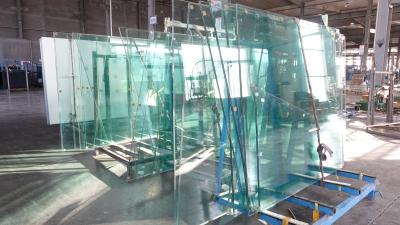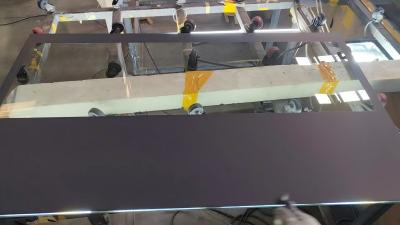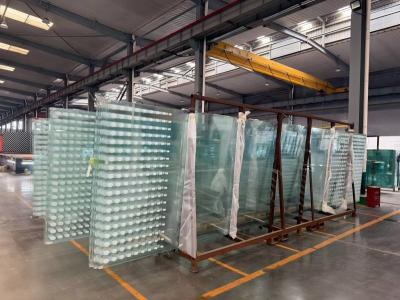Quick Understanding Of Tempered Glass, Insulating Glass And Laminated Glass
Glass is an item that we often touch and use in our daily life, from household items such as glass to architectural decorative materials such as glass curtain walls, glass has made a great contribution to the development of world civilization. For example, we often hear about tempered glass, which is often used to make various safety and protection products with outstanding performance. Next we will briefly introduce tempered glass, insulating glass and laminated glass, and the differences between them.
Tempered Glass
Tempered glass is actually a kind of pre-stressed glass, in order to improve the strength of the glass, usually using chemical or physical methods to form compressive stress on the surface of the glass, the glass withstand external forces first offset the surface stress, thereby increasing the load-bearing capacity, enhance the glass itself wind pressure resistance, weather resistance, impact resistance, etc.
Insulating Glass
Insulating glass was invented by the Americans in 1865, is two or more pieces of glass edge sealed together, the glass between the formation of static dry gas, and a certain vacuum performance, the use of high-strength high gas-tight composite binder, the glass sheet and the aluminum alloy frame containing desiccant bonding, most of the production of large factories molding, there will be no stains in the middle, will not enter the water, will not condense, have good heat insulation Sound insulation and thermal insulation properties.
(1) Heat and sound insulation and anti-condensation effect is much better than single glass, and can reduce the noise by 27-40 decibels.
(2) the wind pressure strength of insulating glass is 15 times that of single glass.
(3) many people choose such glass windows when sealing balconies.
(4) hollow glass is afraid of moisture, sealing materials will be aging after sun and rain leakage, and then the middle of the hollow glass will be foggy and moldy affecting the beauty.
Laminated glass
Laminated glass, also known as laminated glass, is two or more pieces of float glass sandwiched between a strong PVB (ethylene polymer butyrate) film, pressed and combined by a hot press to discharge as much air as possible in the middle, and then put into an autoclave using high temperature and high pressure to dissolve a small amount of residual air into the film. Compared with other glass, it has the performance of shock resistance, anti-theft, bullet-proof and explosion-proof. Laminated glass breaks because of the glue sticking to a piece, rarely scattered.
Ordinary laminated glass strength is not high, basically the same as a single piece of ordinary glass, with tempered glass synthetic laminated glass has strength and safety performance, commonly used in indoor partitions, railings, stage flooring, and large curtain walls. In addition, laminated glass is also afraid of exposure to the sun, laminated glass in the PVB transparency will decline after sun exposure, there is poor processing is easy to bulge in the middle.
The difference between insulating glass and laminated glass
Laminated glass has excellent shock resistance and explosion-proof performance, while insulating glass has better thermal insulation and heat preservation. Laminated glass and insulating glass both have sound insulation and heat insulation to a certain extent, but there are different differences in sound insulation. Laminated glass due to good seismic performance, so when the wind is strong, the possibility of their own vibration to bring noise is small, especially for low and medium frequencies; insulating glass, it is easy to resonate, but to isolate external noise, or insulating glass is slightly more advantageous.



